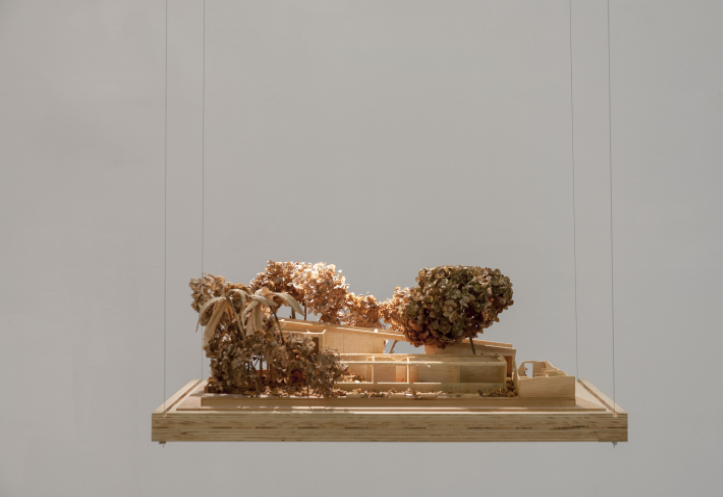ROOM 1
— Other Memories,
— Other Memories,
— Other Memories,
Though it was developed in response to the Bicentennial of the Independence of Brazil, the exhibition ‘Other Memories, Other Destinies’ is not simply a linear recitation of this historical event in a linear way. Through transversal readings of Teixeira de Freitas Collection, we propose five speculative studies about important aspects of the complex relationship between Brazil and Portugal over time, organized to serve as mirrors for other contexts. In this first part, which gives name to the exhibition itself, we point to the need for rethinking the past to open the way for the construction of multiple futures.

Andrade, Jonathas | Projecto de abertura de uma casa, como convém | 2009

Andrade, Jonathas | Projecto de abertura de uma casa, como convém | 2009

Andrade, Jonathas | Projecto de abertura de uma casa, como convém | 2009
In recent decades, the relationship between historical research and representation has regained an important centrality in global artistic production. Rejecting ideas of universalism and linear time, artists have developed various strategies to transform the collective imagination in relation to meaningful historical events. In some cases, these artists work with archival material that had been ignored by official history. In others, they create images (sometimes more lateral than literal) to represent themes they deem insufficiently discussed.
Other artists approach historical facts from the perspective of their own biographies, of their personal and family experiences. By dealing with issues of representation from outside the confines of the academic discipline of history, these artists can develop their own speculative methodologies of study, which consider embodied experiences and oral history, and allow them to go further, without necessarily aiming for universal conclusions, but certainly in the search of collective reflections.
At a time when hegemonic narratives are necessarily revaluated both in their content and in their form, these works can invite the audience to question its responsibilities in face of pasts that come to us. In this first part of the exhibition, with the intention of generating new solidarities and a more plural and intercultural public sphere, visitors can create relationships with different narratives and ways of telling them, so that, by weaving different pasts, we can change the ways in which we imagine futures.